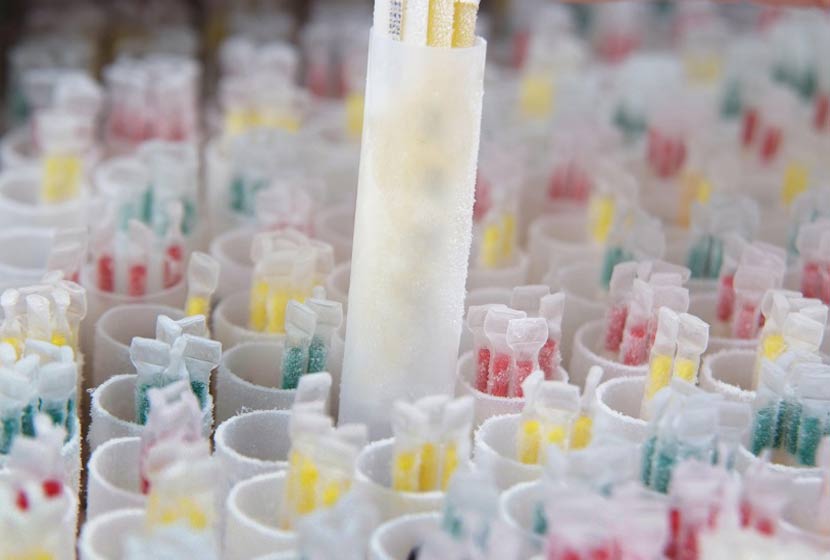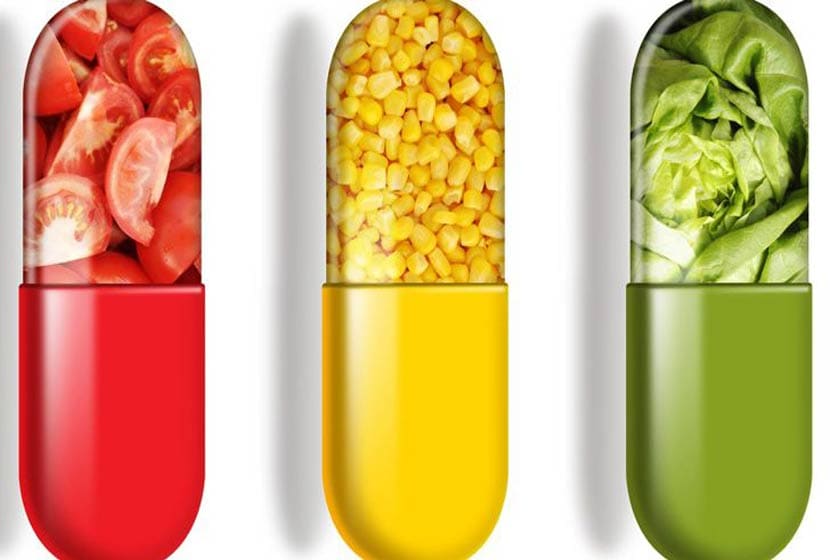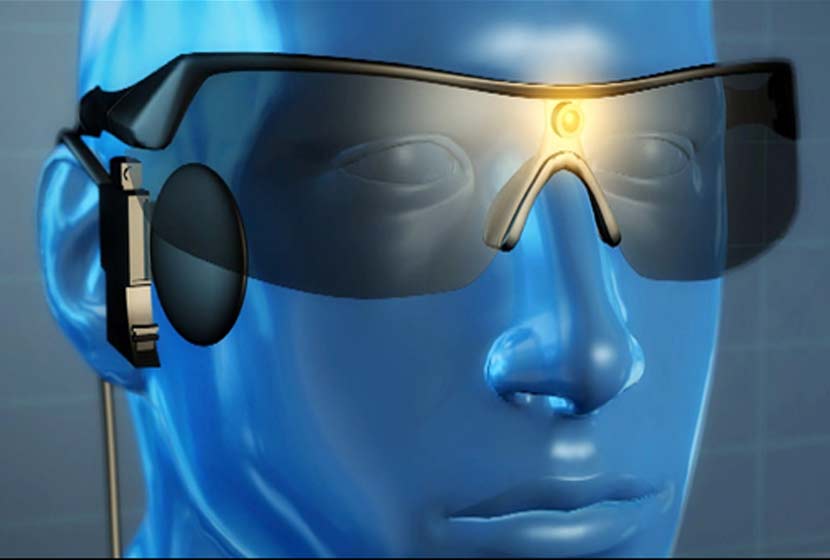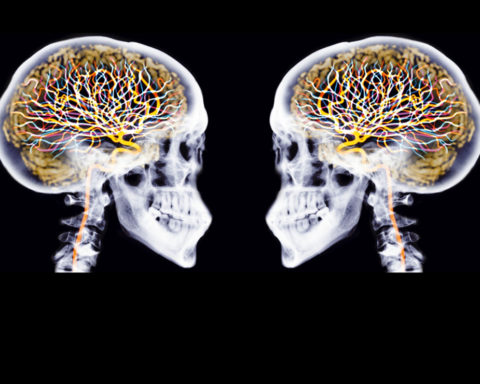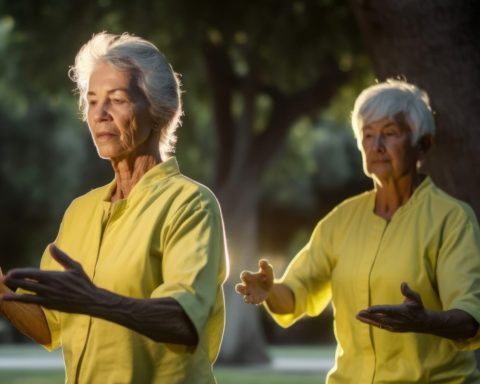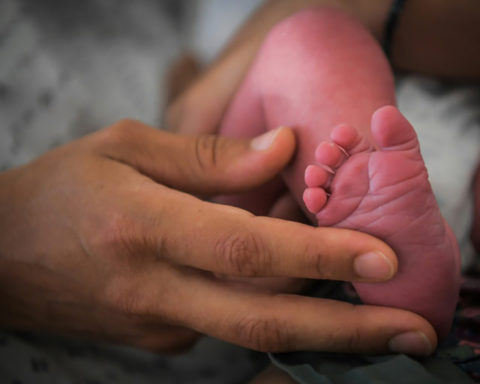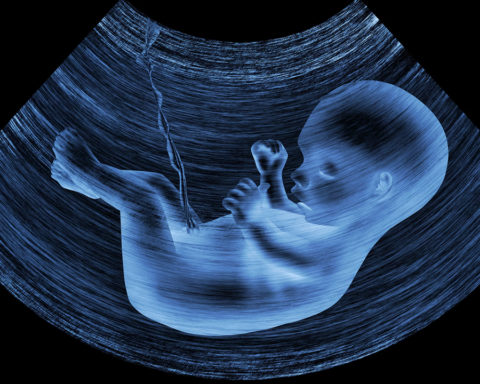Biobanks are not well known. However, they are banks for life, our health, literally and figuratively speaking. They are everywhere, in hospitals (about 90 biological resource centres in France). When a patient donates blood, DNA, any biological sample for a simple diagnosis, the biobanks can - with the patient's consent - recover part of the sample for medical research. The structure of the Biobanks has now decided to launch a new website, in order to make the general public aware of the need to donate its samples. Explanations.
Accepting to donate its samples to biobanks enables France to contribute fully to international research on cancer, diseases such as Parkinson's, Alzheimer's, multiple sclerosis, genetic diseases, allergies, diabetes and all cardiovascular diseases, etc. In short, most diseases.
These biological resource centres were not coordinated, organised and harmonised (thanks to data management and big data in particular) in such a way as to provide a major strike force for medical research.
This is now the case thanks to the BIOBANQUES infrastructure (created thanks to future-oriented investments resulting from the large loan). 82 biobanks (blood, DNA, cells, brain, tumour tissue, etc.) adhere to this major structure, which has revolutionised the processes, quality and traceability of biobanks and their samples.
Teams of researchers from around the world can now turn to this unique facility to find hundreds or even thousands of samples of their disease, for example to test new drugs on a large scale.
Two biobanks are installed on the Pitié Salpétrière site in Paris: NeuroCEB, which capitalizes on brains from all over France for Alzheimer's, Parkinson's and multiple sclerosis; and the DNA and Cell Bank for many diseases such as cancers and genetic disorders.
They house 182,000 tubes of cells or DNA, and receive 3,500 new ones a year, with rare equipment to be discovered.
A huge collection of samples of human tissue, blood, urine, plasma or cell lines, collected in hospitals and stored under optimal conditions so that researchers, whether they work for the public sector or for laboratories in the pharmaceutical industry, can have them at their disposal free of charge. But also various medical data (age, sex, eating habits, medical history, family trees, etc.).
The challenge is to make medicines that are more effective and less costly to health systems because they will be better adapted to patients. Biobanks are the tool of "tailor-made medicine" thanks to an ever more refined knowledge of pathologies and the prediction of treatment response (efficacy, tolerance) according to gender, lifestyle, ethnic and genetic factors. (Source: Le Monde 19 August 2014).
Nine countries in Europe (Germany, Austria, Belgium, Estonia, France, Greece, Malta, the Netherlands and Sweden) have participated in the adventure from the very beginning. 270 institutions from 33 countries are now involved.
What are the challenges for biobanks?

The organised collection of human biological samples and the storage of these samples play a central role in clinical and translational research.
For this reason, several hundred biobanks exist throughout the world, mainly in the United States and Europe, differing in their modes of operation, their goals, their establishment dates, and the nature and size of the collections they conserve and distribute. In the health field, most biobanks collect samples as part of health care, the only acceptable justification for invasive collection procedures. The constitution of collections by "requalification" of these care samples is then subject to more or less defined "strategies", essentially reflecting the main recruitment of the biobank's host institution, and the precedence of research programmes in the geographically close scientific environment.
For these reasons, many health biobanks have "specialized" in certain well-defined pathologies. This is the case for the biobank of health establishments in the Nice region, which is strongly oriented towards thoracic, thyroid and otorhinolaryngological pathology. In some cases, the collections may be created in the context of the conduct of clinical trials, but they are generally accompanied by an "embargo" in favour of the study sponsor.
The collections held in these biobanks can be used to study the pathophysiology of the diseases represented, and to identify new diagnostic, prognostic, or therapeutic biomarkers.
Very different from these thematic biobanks are the biobanks with an epdemiological vocation. Their mission is to study and monitor populations over long periods of time, in order to monitor the natural development and/or progression of different diseases. The cohorts of people concerned are of a very different order of magnitude from those represented in the themed biobanks (from 100,000 to 500,000 people), the samples being generally obtained by minimally invasive procedures (venipuncture, swabbing, urine collection, etc.), which do not threaten the physical integrity of the person who submits to them. The essential aim is to highlight genetic and/or environmental factors favouring the development of human diseases, which requires the possibility of following the persons included over a period of at least 10 to 15 years.
Tumour libraries represent the majority of biobanks by pathology, which testifies both to the strong integration of biology in cancer diagnosis, and to the vitality of clinical and translational research in oncology (Revue Francophone des Laboratoires - January 2010 - n°418 // 51 pathological anatomy and cytology). The challenge facing tumour libraries today is to be able to rapidly build up collections of sufficient size to speed up the conduct of clinical or translational studies.
The gradual reduction in the cost of biotechnologies, in particular high-throughput genomic analyses, requires the development of highly structured biobanks,
"professionalized", in order to be able to use a sufficient volume of high quality samples combined with comprehensive clinical annotations and perfectly
oriented on a predefined theme. Several tests evaluating the prognosis of human diseases have been established thanks to the creation of biobanks. Thus, studies on large series of high-quality biological samples made available by biobanks should make it possible to define new approaches for diagnosing, preventing and treating human diseases. The development of "personalized medicine" could therefore depend, at least in part, on such biopathological platforms.
It seems very important to improve cooperation between biobanks in several cities and even in several nations in order to leverage the resources made available.
for a targeted research project. Several recent examples demonstrate this willingness to share and link biobanks. In 2004, INCa developed
several National Programs of Specialized Excellence (NOSPs), one focusing on a common tumour, lung cancer, and another on a rarer tumour pathology, kidney cancer (www.e-cancer.fr).
The development of these scientific programmes was only possible thanks to the parallel creation of a network of tumour libraries with a strong focus on thoracic or renal pathology. For example, the tumour libraries in Grenoble, Nancy, Caen, Strasbourg, Tenon and Nice (www.biobank06.com) are involved in the PNES lung projects. Similarly, the structuring of cancer centres in France has led to the harmonisation of "biobanking" practices and the gradual optimisation of the quality of clinical annotations associated with samples, by raising awareness among the various tumour library managers. An example is provided by the PACA Cancéropôle in which the tumour libraries of the various institutional partners (cancer centres and public hospitals in the Nice and Marseille regions) have exported all the data concerning biological samples to a site that can be consulted online by potential users of the collections for research purposes (www.biobank-paca.com).
Another example of coordination of biobanks is given on a larger scale by the "Biobanking and biomolecular resources research infrastructure" (BBMRI) project being developed in Europe, following on from the recommendations previously implemented at European level. Networking projects, which were rare for a long time, are now multiplying, with the association of tumour libraries that are geographically contiguous or united by a shared scientific theme. Experience will show in the coming years which of these approaches is the most effective. (Source : " Les biobanques en France: enjeux et contraintes " Revue Francophone des Laboratoires - January 2010)
Who do the biobank samples belong to?
Biobank samples continue, legally, to belong to individuals who have agreed to lend a piece of themselves, however small, to science. Trust in the authorities that control the whole process guarantees their adherence, as does the information provided to patients, particularly through the associations that bring them together, which have become full partners in research.
The OECD, in a report "Guidelines for Biobanks and Databases for Human Genetic Research".gives a number of recommendations to provide guidance on the establishment, governance, management, operation, access, use, and closure of biobanks and human genetic research data ("HGR"), which are structured resources that can be used for genetic research purposes and which contain human biological materials and/or information generated by their analysis, and a significant amount of associated information.
Valuable tool for research but source of ethical and commercial concerns
In a interview with Le Monde last yearThe sociologist Herbert Gottweis, professor at the University of Vienna, says, " that thus, after having fragmented the human body in order to understand its functioning, the postmodern age " reconstitutes, with an infinity of fragments, a virtual global body " with the aim of treating real bodies, which react differently to treatments in Europe, Africa or Asia: the biobank signals the advent of an "new form of transnational and virtual corporality, in keeping with the spirit of our times".
And this virtual body, spinning infinitely in the computer galaxy, opens up dizzying perspectives. Thanks to biobanks, will we soon be able to produce avatars of human beings or laboratory animals in order to test the drugs of the future, without risk or moodiness?
In a book released in 2009 at the PUF in the collection Que sais-je ? the authors (1) are seeking to identify the reality of these biobanks: eour market economy and public health, the "biobanks"The novelty and scale of the projects appear to be both a valuable tool for medical research and a source of great concern. The book places biobanks in their historical, scientific, economic and legal context, questions their ethical legitimacy and dissects the problems they pose in terms of ownership and access to their contents.
The National Advisory Committee on Ethics in the Life and Health Sciences, in the report of an opinion reporting on a series of joint discussions conducted in 2002 and 2003 between the German National Ethics Council and the French National Consultative Ethics Committee (CCNE), doesn't say anything else:"The collection and processing of biological samples of human origin and the resulting information data, particularly as a result of genetic research, raise major ethical questions. »
The two ethics committees, questioning the collection, processing, storage and use of samples from the human body and the resulting information data, both consider that clarification from the legislator is necessary. It is necessary to take into account the chain of responsibility, the free and informed consent of donors, reconciling collection, conservation, processing and use of the elements and data collected in biobanks, the development of research with the protection of the individual is therefore necessary.

(1) Authors: Florence Bellivier is a professor at the University of Paris X Nanterre and is a member of the Paris School of Law, and a professor at the University of Paris X Nanterre. Christine Noiville is a doctor of law, research fellow at the CNRS. She heads the Centre de recherche en droit des sciences et des techniques (UMR8056, University of Paris

